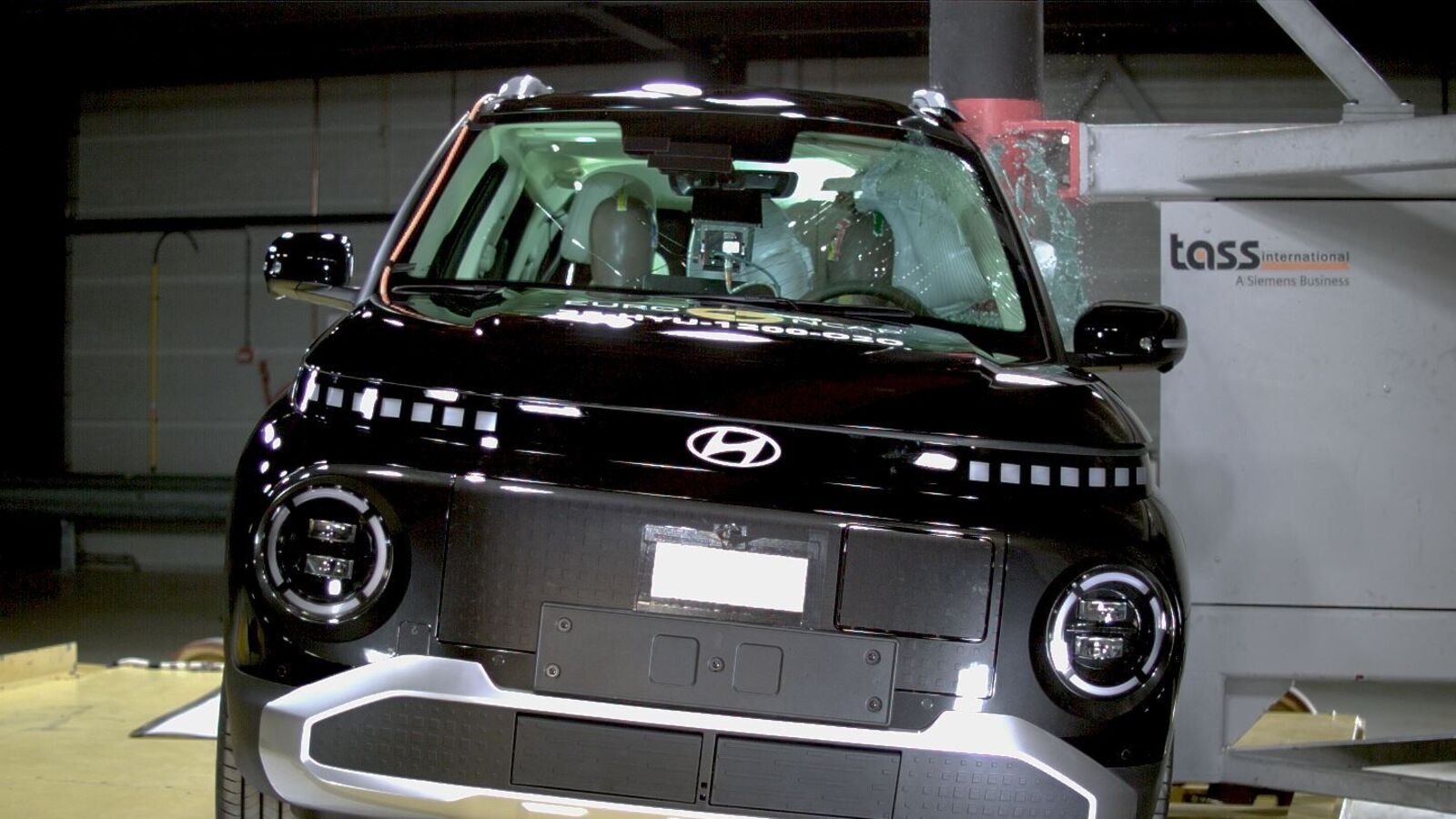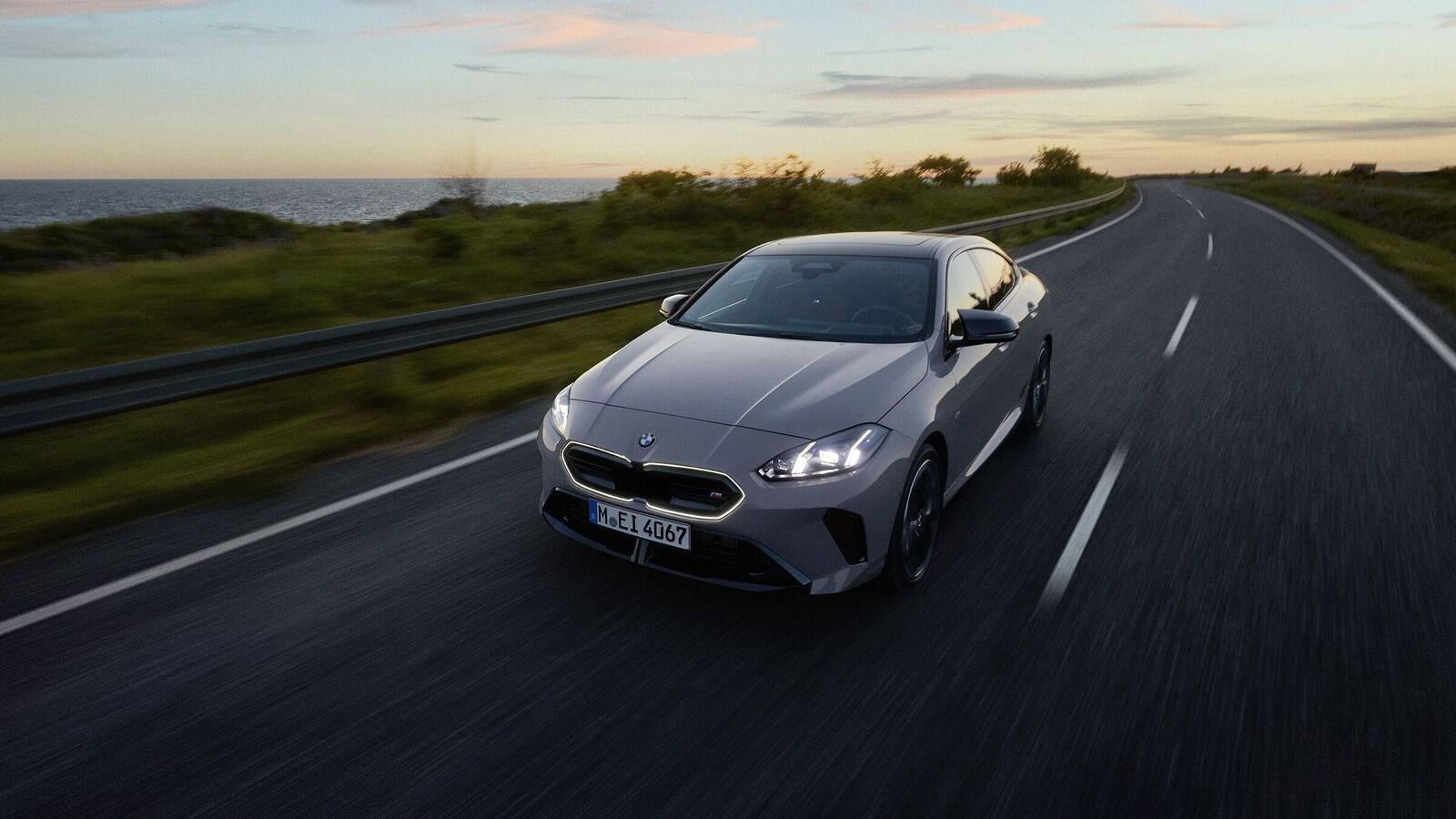On a bright April morning, bleary-eyed after an overnight passage from mainland Norway and four short hours of sleep, we stumbled into a dockfront cafe in Kabelvag, a small town on the island of Austvagoya, part of the Lofoten archipelago.
As we walked past a crackling wood stove and a rusted ship’s anchor, the host pointed us toward a pair of self-serve waffle irons and an enormous coffeepot. She didn’t bother asking what we wanted for breakfast; the answer was obvious. Here, a good day always begins with waffles and coffee.
Nyvagar, a classic red-fronted lodge, serves as a restaurant, hotel and — in winter — a dreamy base for guided backcountry skiing, complete with saunas, northern lights and hearty meals. Though we’d only stopped in for breakfast, we might have entered the backdrop of a contemporary Norwegian fairy tale with Ullr, the Norse god of snow and skiing, at its center.
Dangling at the western edge of the European mainland and well above the Arctic Circle, Lofoten, which looks like a peninsula on the map, is actually a group of about 80 islands, with five of these hosting most of its 25,000 residents. It isn’t on the way to anything, except a high-latitude version of paradise. (The area was one of the 52 Places to Go in 2025.)
For centuries, Vikings navigated these waters by sail and oar; today, ferries and charter boats offer comfortable, scenic access to the islands. Complementing Lofoten’s two small airports — in Svolvaer and Leknes — the local ferry system provides a variety of travel options, including inter-island express boats and for scenic multi-day trips the Hurtigruten cruise line.
My family had also arrived by water: As part of an extended sailing trip, we were in Lofoten in search of big mountains, deep fjords and, if we were lucky, some late spring skiing. Though the roads in town were clear of snow, the view of the powder-capped granite spires out the restaurant’s mullioned windows suggested we wouldn’t be disappointed.
But first, the neighboring harbor seals were reportedly waiting for their lunch. I chased my 7- and 9-year-old sons down the wooden dock to the Lofotakvariet, the town’s aquarium, which hosts dozens of species of marine life, including colorful Arctic corals and canine-baring wolf fish. After meeting Selma and Storm, two seals whose whiskered faces peered at us curiously through the outdoor tank’s viewing glass, we bumped noses with skrei, the unofficial king of Lofoten.
The Fish at the Center of the World
Between January and April, skrei — the large northeastern variety of Atlantic cod that can weigh up to 100 pounds — return to Lofoten’s waters to spawn. As legend has it, dried cod changed the course of history forever: The staple allowed Vikings to be at sea for months with a reliable, spoil-free source of protein. A thousand years after its invention, stockfish is still dried outside in the cold coastal air, which offers a naturally ideal preservation method. Throughout the spring and early summer, the archipelago’s 110-mile length is dotted with A-frame wooden racks draped with strips of cod. At a distance, the scene resembles a giant’s handwriting lesson on repeat.
The stockfish we sampled — a gift from a Lofoten fisherman — smelled as ripe as you might expect a months-old fish carcass to smell, an aroma known in Norway as “the scent of money”; the taste, by comparison, was so mild it was almost bland. The fish was rock-hard after months of air drying; hitting it with a hammer helped break it into snack-size pieces, a technique eagerly adopted by my two young sons.
Fishing charters are available year-round in Lofoten; for the adventurous, combining winter angling and northern lights viewing offers a unique high latitude experience. For the D.I.Y. summer version, the clerk at Svolvaer’s well-stocked fishing store, offered this tip: “Cod bite anything that move.” He pointed the boys to popular fishing spots that can be reached by boat or car and also provided tips on how to prepare cod tongue — a chewy local delicacy that soon became a family favorite.
Sea Eagles Overhead
“Fish on!” My 7-year-old nearly split the sky with his shriek of delight. We were cruising through Trollfjorden, Lofoten’s famous steep-walled, two-mile-long fjord that presented a backdrop as thrilling as the catch itself. Even with mist obscuring the tops of the 300-foot-high waterfalls, their scale was dizzying. My older son lay on his back on the boat’s deck to take in the view.
Our cod wrangling and cliff ogling was interrupted a moment later by a formidable shape winging overhead, followed by a loud splash. A white-tailed eagle had swooped in for a meal. With a wingspan of up to nine feet, this enormous fish-eating raptor naturally turns heads, ours included.
After a history of persecution by various means, a 1968 law and subsequent conservation actions helped protect sea eagles from a brush with extinction. Today, Lofoten is home to one of the densest populations of nesting sea eagles in the world and it is a popular destination for eagle viewing, often combined with a tour of Trollfjorden or one of the area’s boat-accessed hiking trails, which are serviced by many local charter businesses.
Where Mountains Meet Sea
If there were ever a truly amphibious mountain town, Svolvaer — Lofoten’s main traveler’s hub — would be at the top of the list. As alpine as it is maritime, the area is a mecca for outdoor enthusiasts. Immediately above the town is the Svolvaergeita, a steep hike boasting a photogenic, two-pronged summit with a dramatic Tyrolean traverse at its summit. Or, for an all-ages outing, you can pick up a Skolebrod pastry from Kringla Bakeri and visit the nearby playground, which has a view of the peak along with its own kid-scaled excitement: zip line, climbing wall and rope swing.
Some of the world’s best granite crack climbing is just a short drive or boat ride away. At the Paradiset wall, I tied in next to a college student who’d driven all night from Tromso to reach the crags. Topping out in the warm morning sun, I had to pinch myself when she pointed out a whale spouting in the distance. Below us, kelp shimmered through the stunningly clear water; in the distance was one of the most picturesque alpine lakes I’d ever seen.
For those who prefer sliding down snow rather than climbing up rock, spring skiing stretches well into May, with both guided and independent travel options. On our family’s first full day in Lofoten, we trekked up Kvittinden, a popular backcountry ski mountain with an otherworldly perspective of the surrounding fjords. When we returned to the water, we were invited aboard the Annie Bro, a restored wooden fishing boat that now serves as a floating base for custom adventure charters. The crew’s generous welcome included hot goulash, cold pilsner, and hearty handshakes for the boys on their first Norwegian summit.
Though we’d arrived at this cove by our own means, having one’s own transportation, or even ski gear, isn’t necessary. Boats are a part of the local ski culture, as is a focus on mountain safety and avalanche awareness. The Lofoten Ski Lodge offers complete ski-and-sea packages, with lodging ranging from classic sailboats to cozy waterfront cabins, and trip options that can accommodate a wide range of abilities. However, given that there are only two small ski lifts, sampling the area’s best skiing generally requires trekking up first.
By June, ski slopes give way to meadows rowdy with wildflowers. Summer hiking and coastal explorations beckon, with the possible added thrill of a cold water dip. After a short stroll near Breivika, we stopped at a walk-in beach popular with families. Clothes were decidedly optional. Nudity seemed to be more practical than performative, however, with swimmers stripping down and jumping in quickly before relayering just as fast.
No matter what style or season you choose, venturing into Svolvaer’s impressive backyard demands a solid dose of self-sufficiency and it’s best to arm yourself with information. For a sure bet, Northern Alpine Guides, based in Kabelvag, can help visitors find the best routes and the safest way to the top. For independent outdoor travelers, there are free apps like UT.no and Norgeskart that provide detailed maps and trail information (including downloadable options for offline access). Yr.no is a reliable go-to source for weather forecasts that are a necessity in Lofoten’s sometimes-volatile coastal climate.
Hut Culture
Until I spent a drippy June afternoon on the island of Stormolla, I didn’t know it was possible to step off the deck of a boat, wander half a mile down a rutted trail, and stumble onto an unlocked hut complete with a single bed, a stove and a desk with a cathedral view of a tree-lined lake. I thought I’d died and landed in a solitary writer’s heaven.
Inside the hut was an “honesty box.” Instead of a locked steel container with a narrow slot for inserting payment, there was an open jar packed with cash, and a friendly note suggesting donation amounts for coffee or tea.
The huts are a signature of Norwegian outdoors life, offering an affordable combination of Lofoten’s incredible hiking with a taste of authentic mountain culture. Many of them are managed by the DNT (the Norwegian Trekking Association). Visitors can purchase a membership and reserve the huts online or in tourist offices around the country.
At Stormolla, as at the other huts we visited, the floor was swept, the counters wiped, the dishes stacked. Illustrated reminders of basic courtesies — such as an anatomically correct drawing of a man sitting down while peeing — offered practical guides to Norwegian hut use. In turn, the impeccably clean spaces inspired a culture of respect.
Overnight trips aside, most of the huts we encountered seem to exist solely for the purpose of ducking out of the weather for a few minutes — a welcome respite for weary travelers. Norway has a law that ensures residents and visitors alike have the right to roam,”meaning you may pass through “open country” as long as you cause no harm or disturbance to others. The hut system, in turn, operates on the premise that no one can be turned away if in need of shelter, reservation or not.
After a glorious 24 hours of solitude by the lakeside interrupted only by the drumming of rain on the roof and a pair of loons calling across the water, it was time to return to my family. Just as I’d put the broom away and shoved the last items into my backpack, I heard a gentle knock at the door. Three young men entered, drenched to the bone and with fishing rods in tow. After greeting me with polite smiles, they placed their wet boots by the door, lit the kettle and asked the obvious: “Coffee?”
Caroline Van Hemert is a high-latitude sailor, wildlife biologist and the author of “The Sun is a Compass,” a memoir set in the Alaskan wilds.
Follow New York Times Travel on Instagram and sign up for our Travel Dispatch newsletter to get expert tips on traveling smarter and inspiration for your next vacation. Dreaming up a future getaway or just armchair traveling? Check out our 52 Places to Go in 2025.




